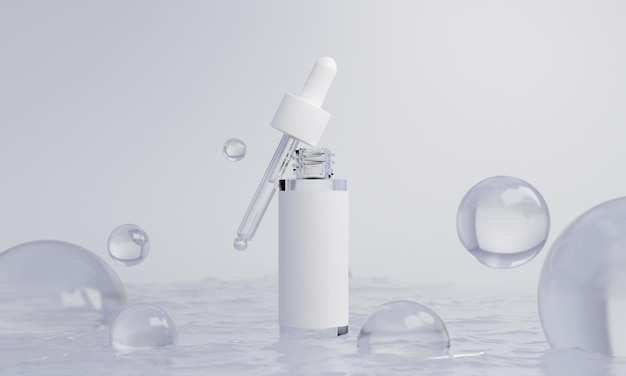
Title: The Benefits & Side Effects of Alpha Hydroxy Acids in Skin Care Products
To put it simply, alpha hydroxy acids, also known as AHAs, are found in many skin care products. You’ll see them in everyday items like anti-aging creams, serums, and toners. They are also used in more potent forms for occasional chemical peels. For a skin product to work well, it needs to penetrate through the surface layer of the skin and reach the living cells beneath it. This article will focus on AHAs and why they matter in skincare. Plus, we’ll talk about some natural treatments that are rich in AHAs.
AHAs are chemicals that may come from plants or animals, or they can be made in a lab. They’re popular in cosmetics because they can help reduce wrinkles, soften fine lines, and generally improve the look of your skin. Common types of AHAs found in cosmetics include glycolic acid, lactic acid, malic acid, citric acid, and tartaric acid. These are typically found in items like sour milk, apples, citrus fruits and wine. Most of the time, however, AHAs used in cosmetics are synthetic or come from bacteria or fungi.
Here’s an interesting thing about AHAs: They can help your skin retain moisture. AHAs do this by affecting keratin, a protein in the skin responsible for trapping in moisture. They can also help produce more collagen (a protein that makes your skin look young), increase skin thickness without causing inflammation, and penetrate the skin easily because of their bioavailability.
So, what else can AHAs help with? Specifically, they can:
– Boost collagen production
– Correct discoloration from scars and age spots
– Reduce the appearance of surface lines and wrinkles
– Prevent acne breakouts
– Brighten your complexion
– Regulate pigmentation and address hyperpigmentation
– Support the process of cell growth and wound repair
But AHAs aren’t always perfect. They may make you age faster, instead of slowing down the aging process. They can also irritate your skin, causing redness, swelling, and itching and potentially damaging your skin’s outer layer or creating dead skin patches.
Because of these potential side effects, you might like to opt for natural treatments that can give you the benefits of AHAs without the downside. Consider these DIY face masks that use AHA-rich ingredients:
– Lactic Acid: Try a mask using yogurt and grapefruit. Mix a teaspoon of yogurt and juice from two grapefruits. Apply and rinse after 10-15 minutes.
– Tartaric Acid: Create a mask using white wine, banana, and raw honey. Apply the paste, and rinse after letting it dry.
– Citric Acid: Apply a mix of a teaspoon of lemon juice with two tablespoons of cold milk.
– Malic Acid: Use apple vinegar mixed with lemon juice. If it burns, dilute with water.
– Glycolic Acid: Blend sugar crystals into powder, then mix with honey and lemon juice. Apply and rinse after 10-15 minutes.
In conclusion, maintaining youthful skin may seem tough. But, these natural face masks, rich in AHAs, can help improve your skin’s appearance without the harmful side-effects associated with some synthetic products. For more information, please visit www.PlanetAyurveda.com.
Tags: AHA Face Masks, Natural, Skin Care


